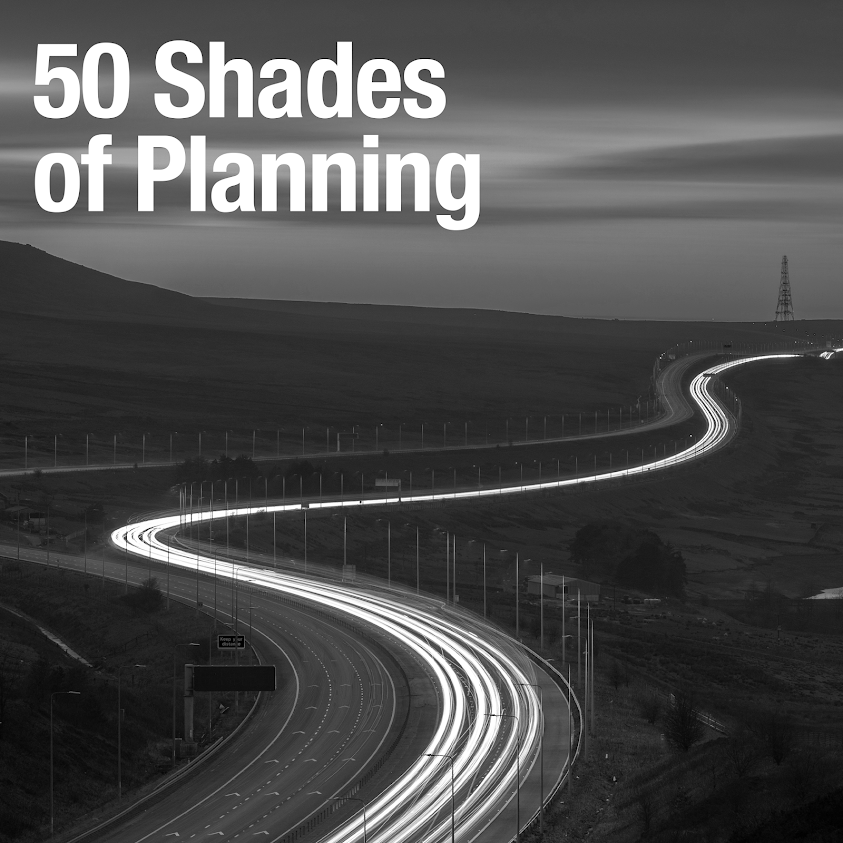The Government is to fix our broken housing market.
It is easy to be cynical about claims of ‘radical, lasting reform’ or ‘big, difficult decisions’ and healthy cynicism is always a good starting point in politics and planning. To apply lazy cynicism to the Housing White Paper would though be unfair because it seems to be born of good intentions and does represent a coherent and comprehensive set of measures. It would also be unfair though because there are few other areas of public policy where minister's views are so routinely tested in the white heat of popular opinion. The stock answer to a difficult question on, say, Question Time is to call for a ‘national debate’. The future of the NHS; the crisis in social care funding; immigration, for example. There are no white papers on these subjects though. There is no print deadline by which cabinet ministers of different views have to agree. Politicians are able to offer platitudinous responses on these subjects because, aside perhaps to a threat to their local A&E Department, their electoral chances do not hang upon them to the same extent. ‘Save the NHS!’ ‘Hooray!’ ‘Integrate the NHS and social care!’ ‘Hooray!’ Balanced immigration (whatever that means)!’ ‘Hooray!’ 'A Green Belt fit for the 21st Century!’ ‘Wait..., what?!'
Simply producing a Housing White Paper will have been a challenge. Consider, for example, the delays in preparing it. Sajid Javid had said in the Commons in early October that it would be published by Christmas, but by November it was January and by January there were as many rumours about further delays as there were leaks about possible policies. Consider too that Theresa May's 641 word 'foreword' is over twice as long as Sajid Javid's 270 word foreword. That might not be unusual or it might be a small indication that Mr Javid was not granted the editorial control that he might have hoped for. Consider also that, despite the delays, so many of the document's details will be the subject of further consultation.
Sajid Javid told the media that the document is exactly what he wanted and had not been scaled back. It is hard to escape the feeling though that if it did contain policies to implement ‘radical, lasting reform’ or to grapple with ‘big, difficult decisions’ then those policies did not make it into the final draft. Beyond the fruit that has been low-hanging for a while now (brownfield land, public land, SME builders, etc…) there are initiatives that might contribute to faster local plan processes, a better supply of land, and a greater focus on delivery, but, on the whole, these are matters of process and protocol. ‘Radical, lasting reform’? That might have included a consolidation of the various Acts; the reintroduction of planning across HMAs and, rather than 'looking seriously at any request from local authorities for Government powers to be used to support delivery in their local area', state-sponsored new towns and a mass council housebuilding programme . Big, difficult decisions? Even if Green Belt as a principle was not to be tested floating the idea that meeting FOAN or the absence of a 5YHLS might justify building on it would have put the cat amongst the pigeons.
Let us be realistic though. Those measures were not on the agenda, are not on the agenda and are unlikely to be on the agenda for some time still to come and so the smart money should always have been on a document that adds a tier to the main stand rather than imagines a move to a purpose-built arena. Is it cynical then to dismiss claims of ‘radical, lasting reform’ and ‘big, difficult decisions’? Perhaps, but if one imagines a Venn diagram of two circles, one 'planning' and one 'politics', the overlapping area in the middle is 'the possible' and that is where we operate.
The new ministerial team does though construct a petard upon which it can be hoisted in the future by inferring in the title of the document a degree of intervention in the planning system and in the housing market that the Government is clearly unwilling to make, but that would get so much closer so much faster to 225,000-275,000 new homes a year if it did.

Comments
Post a Comment